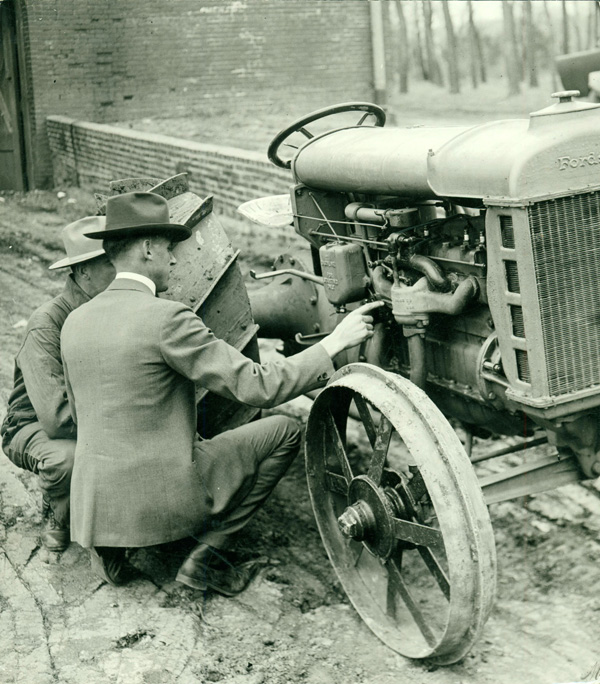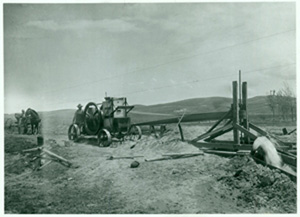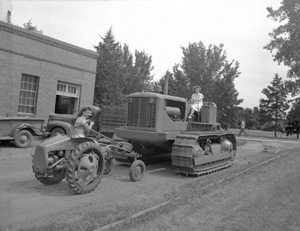Projects
Project Editor: Jody Imus, UCARE, 2006 Agricultural Communication1. History of the Department of Agricultural Communication
2.
3.
4.
5.
|
History of The Department of Agricultural Communication
The Department of Agricultural Communication finds its roots in 1887, the year the first Experiment Station Bulletin was published. The Experiment Station, which later became a part of the Extension Service, realized the importance of sharing their results and findings with the people of Nebraska, and they continued to publish bulletins and radio programs.
It wasn't until 1956 when the Department was officially organized. Its purpose was to combine all of the information services in one place. Called the Department of Information, it had duties that included all radio, television, visual aids, printing, and distribution services for the College of Agriculture.
Currently, the Department of Information is known as the Computing and Information Technology (CIT) unit that is a part of the Institute of Agriculture and Natural Resources. The main purpose of the department has remained the same, but it has grown to encompass new technologies.

| Two men crouching next to a Ford tractor. |
 An antique irrigation pump powered by an early internal combustion engine. |
 Two women facing each other on tractors. |
Contents of the Collection
The Agricultural Communications records were transferred to the University Archives in the early 1970s. They include some printed materials from the CIT, such as CIT Information and the newsletter IANR News. Another
large portion of the collection consists of original tapes, reel-to-reel tapes, and written transcripts of interviews done by George Round.
The photograph portion of the collection, which is the emphasis of this web site, consists mainly of photographs and negatives taken at various events on East Campus. It has a number of glass lantern slides of professors' trips to Europe. The photographic materials include many pictures taken for use in the Ag. Experiment Station Quarterly.
| 
